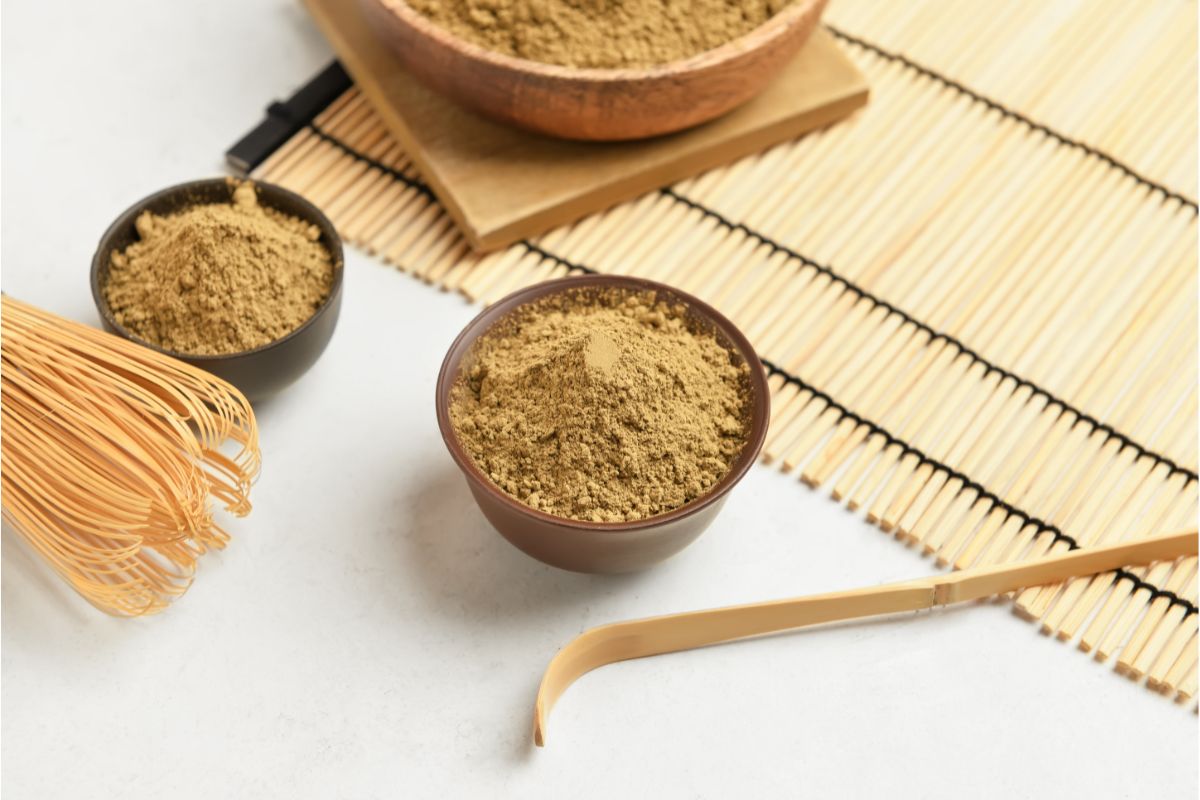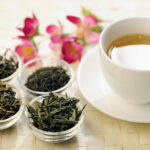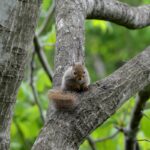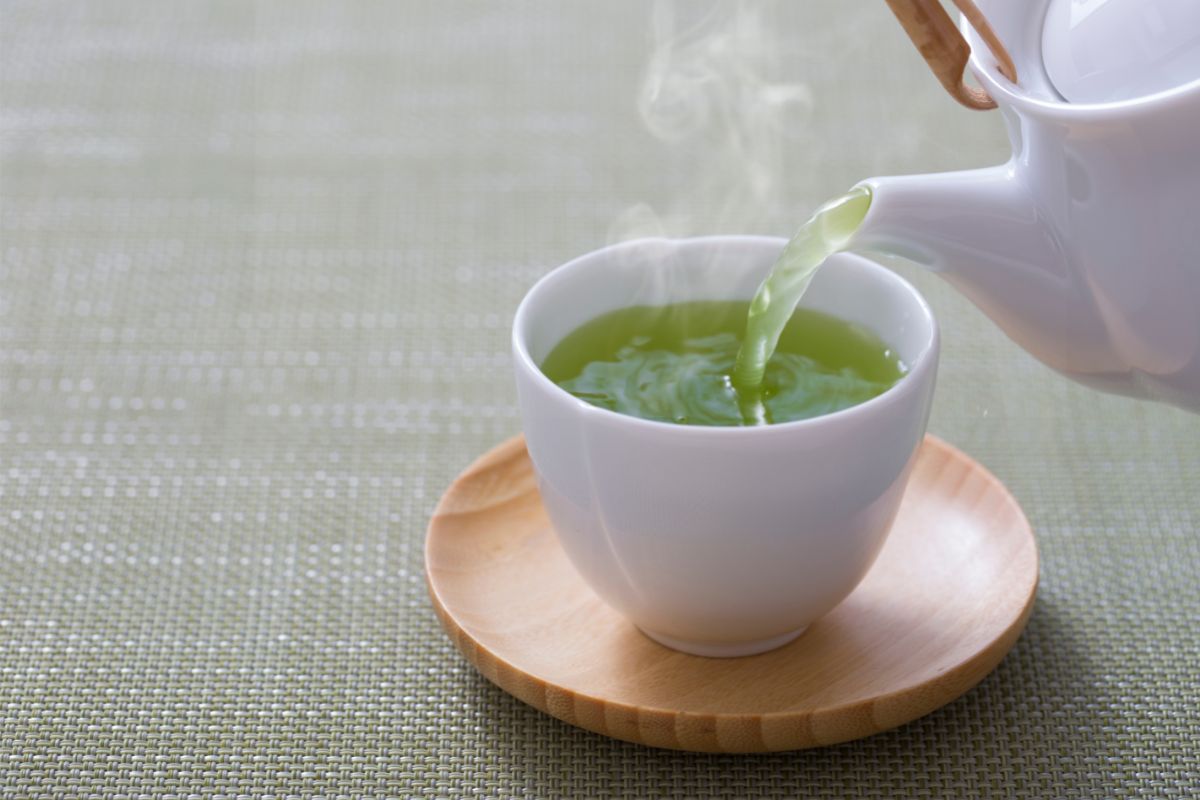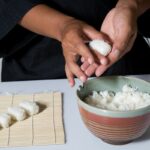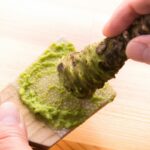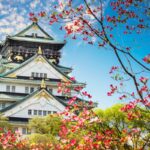Hojicha is a type of Japanese tea that is said to benefit those who consume it. That is because it contains green tea leaves, though isn’t considered the same kind of beverage.
That is because the final look of the tea doesn’t have the familiar ‘green’ look that is associated with green teas.
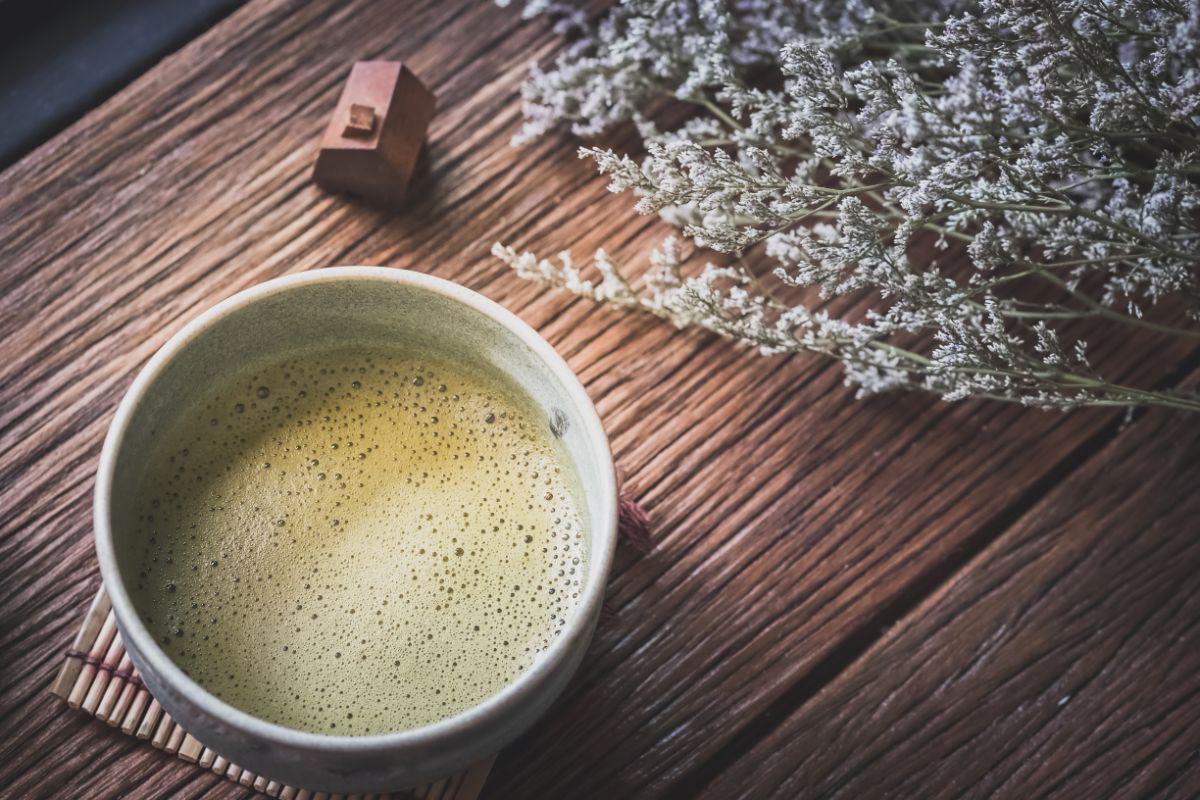
Instead, it has been roasted and the leaves are brown and reddish in color.
Whilst that might sound confusing, we shall explain everything that you need to know in this article. So, let’s take a look at what hojicha tea is in more detail.
What Actually Is Hojicha Tea?
Around 100 years ago, hojicha tea was first created and drunk in Kyoto, Japan. Since then, it has become a traditional green tea alternative, with the majority of people liking to drink it late into the afternoon.
Unlike its sibling, the traditional green tea, hojicha tea doesn’t have that familiar taste – you know, the bitterness and ‘green’ flavor that a regular green tea has.
Instead, it is made via roasting green tea leaves such as sencha, kukicha, and bancha. This gives it a distinct flavor all of its own that may suit those who want green tea, but not the typical green tea flavor.
Not only does it change the flavor, but it also changes the color too.
Whilst green tea gets its name from its green flavor, hojicha tea is a brown and reddish color. When roasted, it changes everything from the tea leaves color, to the flavor and scent.
Once brewed, you will find that the tea looks a little orangey red.
What Is The Taste Of Hojicha Tea?
Whilst traditional green tea can be bitter and have a familiar taste associated with that type of tea, hojicha is different. Because the leaves are roasted, it has a more nutty flavor with a sweet undertone.
However, it also depends on the roasting of the leaves. If the leaves are dark in color, then it is likely that the taste will be stronger and woody. If the leaves are light, then the flavors will be lighter too.
Even so, you do need to make sure you don’t overbrew it. Doing so can cause a bitter flavor, and it’s not surprising you might be choosing this tea to avoid that kind of taste.
What Are the Benefits When Drinking Hojicha Tea?
Despite the fact that the roasting process changes the composition of the chemicals within the leaves, it is said that hojicha tea has a lot of antioxidants present. In fact, it is pretty much the same in comparison to green tea.
So, if you are looking to have the same benefits as drinking green tea, but don’t like the flavor or want less caffeine, then perhaps hojicha tea is the one for you.
Is There Caffeine In Hojicha Tea?
Hojicha is also a great choice if you are wanting to drink a tea that has a low caffeine content. This means it is also suitable to be consumed later in the day without keeping you up at night!
The way the leaves are roasted actually changes the composition of the chemicals to make it low in caffeine. Also, most types of hojicha tea are created using tea leaves which are mature.
This means they have been plucked much later into the season, giving them not only a distinct flavor, but also less caffeine.
However, if it is a type of hojicha which has younger leaves, then the caffeine content may be higher.
To seek out which may have a higher caffeine content, then look at the type of leaves being used. For example, if the hojicha tea is sencha, then the caffeine content is likely to be higher.
Leaves from kukicha and bancha may have half the caffeine content compared to sencha tea leaves.
Is There a Special Way To Brew Hojicha Tea?
Whilst there isn’t a special way to hojicha tea, there are a few rules of thumb to follow if you want to brew the perfect cup every time. Do keep in mind that if you do want a much stronger flavor, use extra tea leaves.
For a traditional feel, consider buying a traditional Japanese teapot. Warm it up first by running boiling water through it. Keep filling it up and emptying it until it feels warm (or even hot) to the touch.
Boil hot water and then let it cool to around 194 and 203 Fahrenheit for optimal flavor without letting the taste turn bitter. In the teapot, add around 2 grams worth of leaves per each cup of water.
Again, if you like the tea stronger, add more.
Pour the water over the tea and into the teapot and it brew for around 45 seconds to 95 seconds for optimal flavor.
Whilst it is lovely to drink hot, you can also let it cool, add a few ice cubes and drink it cold on a warm summer’s day.
Is There A Hojicha Tea Powder?
Powders have become big news in the tea green tea world thanks to matcha. It comes as no surprise then that there is a hojicha tea powder form which you use in the same way as matcha tea. This means it can be made into a latte as well.
If you don’t have any powder, then grinding the tea leaves down into a fine powder will work just as well. Basically, experimentation is key!
Final Thoughts On Hojicha Tea
Hojicha tea is a type of green tea that tastes and looks different due to the process of creating it ready to be consumed.
Not only does it have a different color when it comes to the leaves themselves and once they are brewed in water, but the hojicha tea tastes different too.
Whilst traditional green tea is bitter in flavor, hojicha tea tastes nutty and roasted, with sweeter undertones.
So, the next time you are looking at green tea, if you would like one that has lower caffeine and is less bitter, choose hojicha tea.
If you enjoyed this post, you might enjoy our article on ‘How To Heat Sake‘.
- 16 Best Websites To Watch Japanese Movies With English Subtitles - May 11, 2023
- Is ZIPAIR The Best Airline For Traveling To Japan? - May 11, 2023
- Ryu Murakami Vs Haruki Murakami – Which One Should You Read? - May 11, 2023

